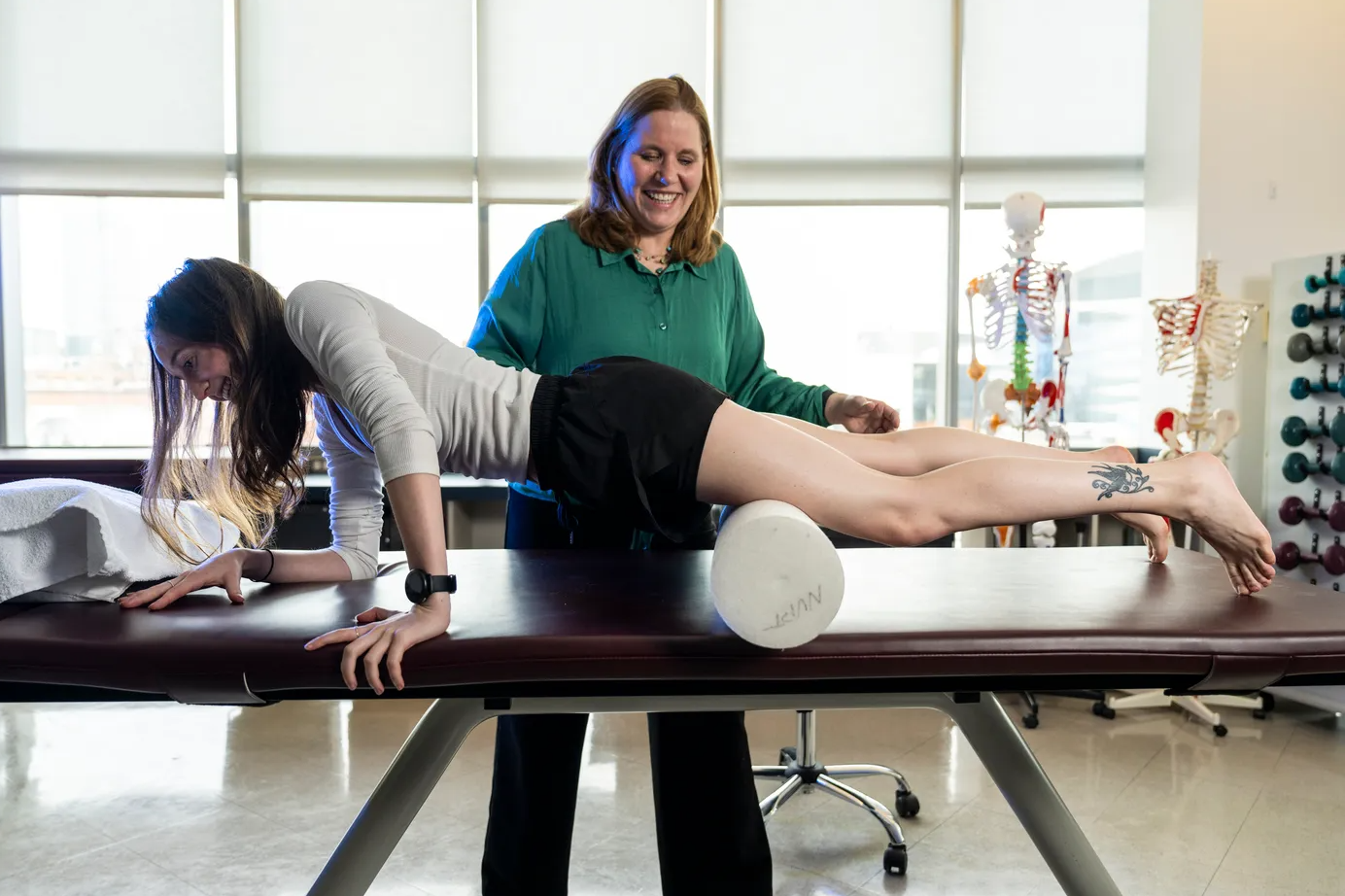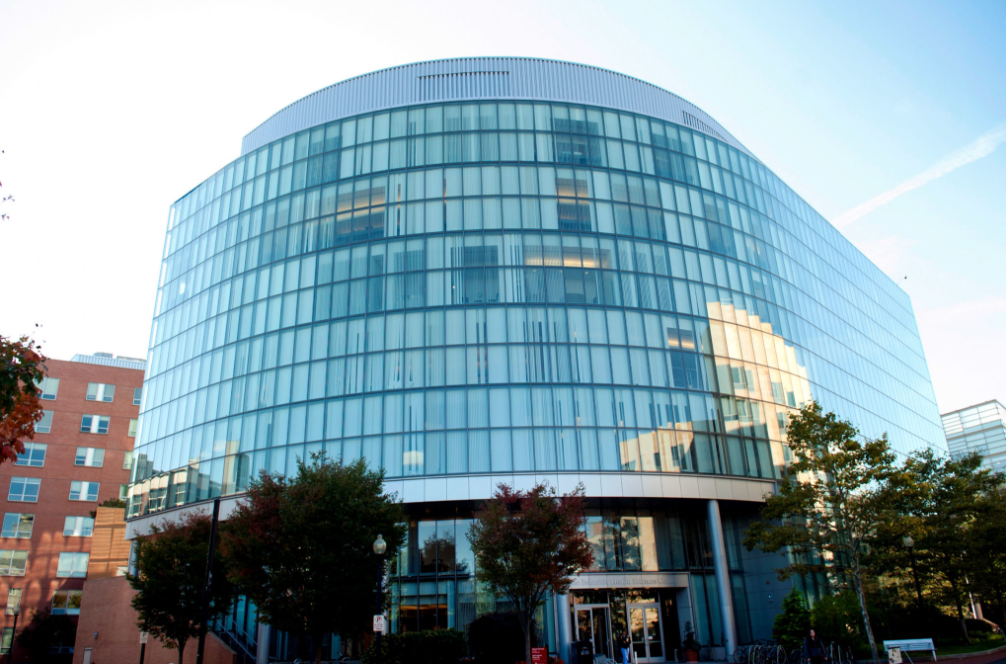By Ian Thomsen
There is massage. There is yoga. There is physical therapy.
Now there are stretching sessions.
Stretching isn’t new, of course. But the recent focus on extensive one-on-one sessions with stretching specialists has inspired a new layer of businesses within the fitness industry.
Hundreds of shops dedicated to stretching have opened throughout the U.S. — including the StretchMed franchises started by Northeastern graduate Brian Cook.
The stretching sessions have been growing for years, fueled in part by TikTok and other social media platforms. Health clubs have created stretching areas as participation in stretching classes almost doubled in 2023.
“Stretching helps to elongate our connective tissue,” says Maureen Watkins, a Northeastern University associate clinical professor of physical therapy, human movement and rehabilitation sciences. “It decreases stiffness in both our muscles and our tendons, which means you’re going to improve your range of motion when you stretch.”
How beneficial is stretching alone?
Is the focus on stretching — and only stretching — enough to help people develop fitness?“Stretching is important,” says David Nolan, an associate clinical professor at Northeastern’s Department of Physical Therapy, Movement and Rehabilitation Sciences and director of the Mass General Hospital/Northeastern University Sports Physical Therapy Residency. “But I don’t necessarily think that it’s the end-all and be-all.”




